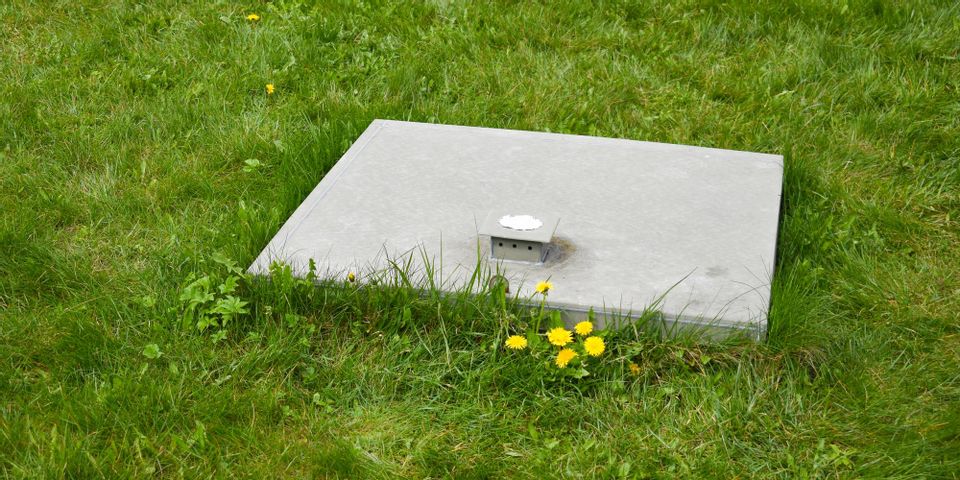4 Types of Septic Systems Homebuyers Should Know About

When a home isn’t connected to the municipal sewer system, it must rely on an underground septic system to dispose of household wastewater. If you’re looking to buy a house that utilizes this solution, understanding how it operates can help you maintain it properly. Here’s an overview of some of the most common types.
What Are the Different Septic Systems Available?
1. Conventional
Most single-family homes have a conventional septic system. Pipes carry wastewater from the residence into a septic tank where it’s broken down and treated. Then, it’s moved into the drainfield using either a gravity or pressure distribution system.
With gravity systems, the tank sits on a higher plane to facilitate water flow downward. By contrast, pressure distribution systems use a pump to distribute wastewater over the whole drainfield. This is more efficient. However, both methods are relatively easy to maintain so long as they are regularly pumped of their contents.
2. Chamber
 A chamber septic system works in the same manner as a conventional system, but it has another set of pipes known as chambers. This is where the wastewater flows to after leaving the septic tank, and then it drains into the surrounding soil to be treated. These systems are usually installed in areas with high water tables. The additional chamber component increases the need for maintenance, including an inspection approximately every three years.
A chamber septic system works in the same manner as a conventional system, but it has another set of pipes known as chambers. This is where the wastewater flows to after leaving the septic tank, and then it drains into the surrounding soil to be treated. These systems are usually installed in areas with high water tables. The additional chamber component increases the need for maintenance, including an inspection approximately every three years.
3. Aerobic Treatment
Homes with smaller lots or poor soil quality may utilize aerobic treatment. These units combine oxygen with wastewater inside the septic tank to help break down the waste and promote faster treatment. This process discharges cleaner water, but aerobic systems are more prone to problems. They must be inspected every four months.
4. Drip Distribution
Utilizing a network of pipes buried just beneath the soil’s surface, drip distribution systems allow wastewater to drip slowly into the soil for treatment. Traditional drainfields aren’t necessary, which provides easier access to pipes for maintenance. However, an additional tank must be installed for the water to go into once it leaves the septic tank. This controls how fast the water drips to avoid flooding the soil absorption area. It also requires electricity to work.
No matter which kind of septic system you have, the professionals at Wild West Plumbing, Heating & Drain Service are qualified to help you keep it in optimal condition. They offer a full range of septic maintenance and repair services and specialize in drainfield restoration. Based in Kalispell, MT, this family-owned and -operated company is proud to provide residents throughout the Flathead Valley with innovative and cost-effective sewer solutions. Call (406) 752-1244 to schedule an appointment. Visit them online for more information on what they do.
About the Business
Have a question? Ask the experts!
Send your question

